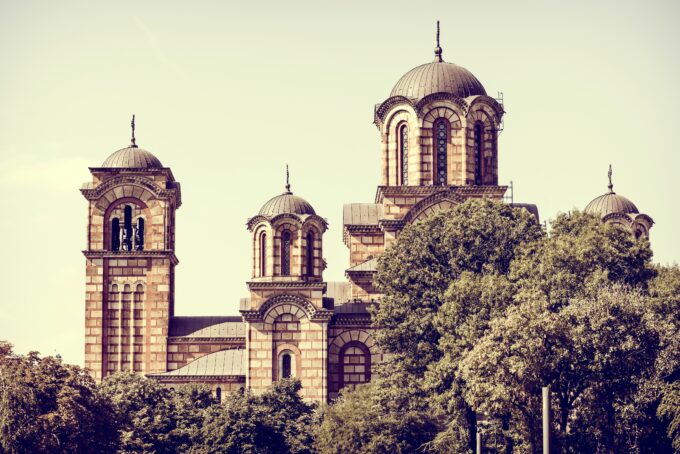Religions in Russia

Orthodox Christianity, Islam, Judaism and Buddhism are Russia’s traditional religions, and are all legally a part of Russia’s “historical heritage” Traced back to the Christianization of Kievan Rus’ in the 10th century, Russian Orthodoxy is the dominant religion in the country; smaller Christian denominations such as Catholics, Armenian Gregorians and various Protestant churches also exist.. The Russian Orthodox Church was the country’s state religion prior to the Revolution and remains the largest religious body in the country. 95% of the registered Orthodox parishes belong to the Russian Orthodox Church while there are a number of smaller Orthodox Churches. However, the vast majority of Orthodox believers do not attend church on a regular basis. Easter is the most popular religious holiday in Russia, celebrated by a large segment Russian population, including large numbers of those who are non-religious. Most of the Russian population celebrates Easter by making traditional Easter cakes, coloured eggs and paskha.
Estimates of the number of Muslims in Russia range from 7–9 million by local sources, to 15–20 million by Western and Islamic sources. Most Muslims live in the Volga-Ural region, as well as in the Caucasus, Moscow, St. Petersburg and Western Siberia. Adherents of Islam represent majority of the population in Dagestan, Ingushetia, Tatarstan, Bashkortostan, Chechenia, Kabardino-Balkaria and Karachay-Cherkessia.
Buddhism is traditional in three regions of the Russian Federation: Buryatia, Tuva, and Kalmykia. Some residents of the Siberian and Far Eastern regions, such as Yakutia and Chukotka, practice shamanist, pantheistic, and pagan rites, along with the major religions. Induction into religion takes place primarily along ethnic lines. Slavs are significantly Orthodox Christian, Turkic speakers are predominantly Muslim, and Mongolic peoples are generally Buddhists.
















